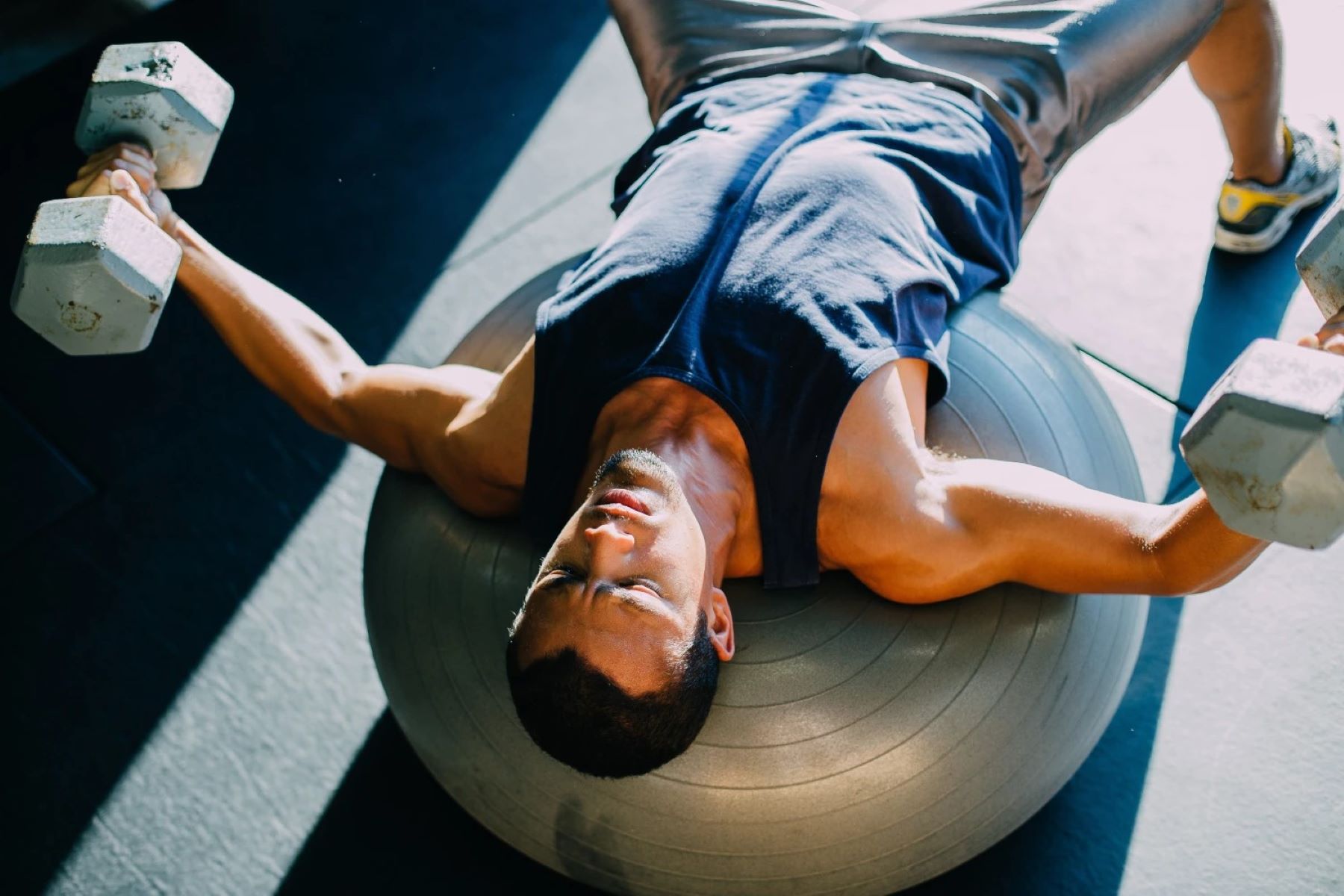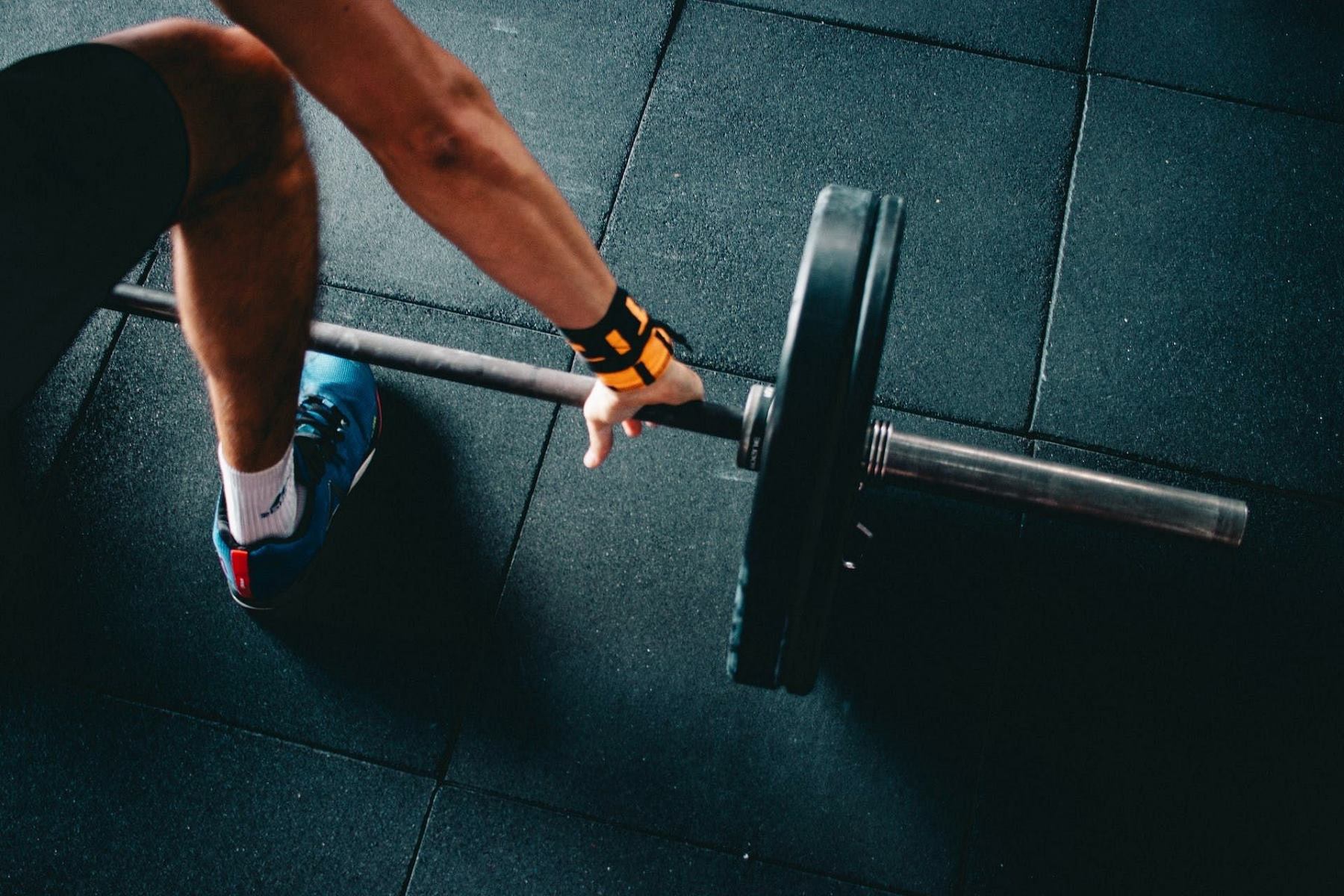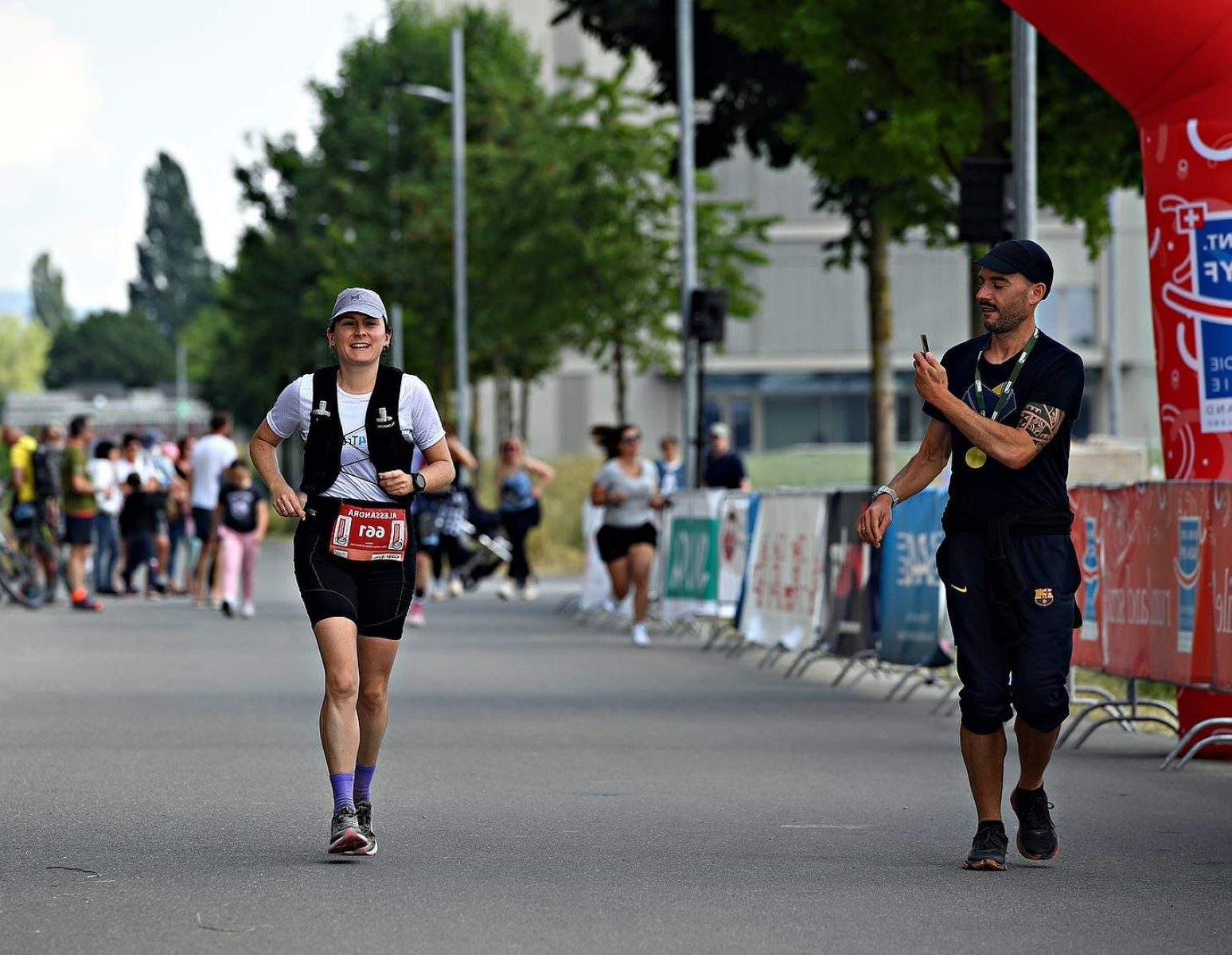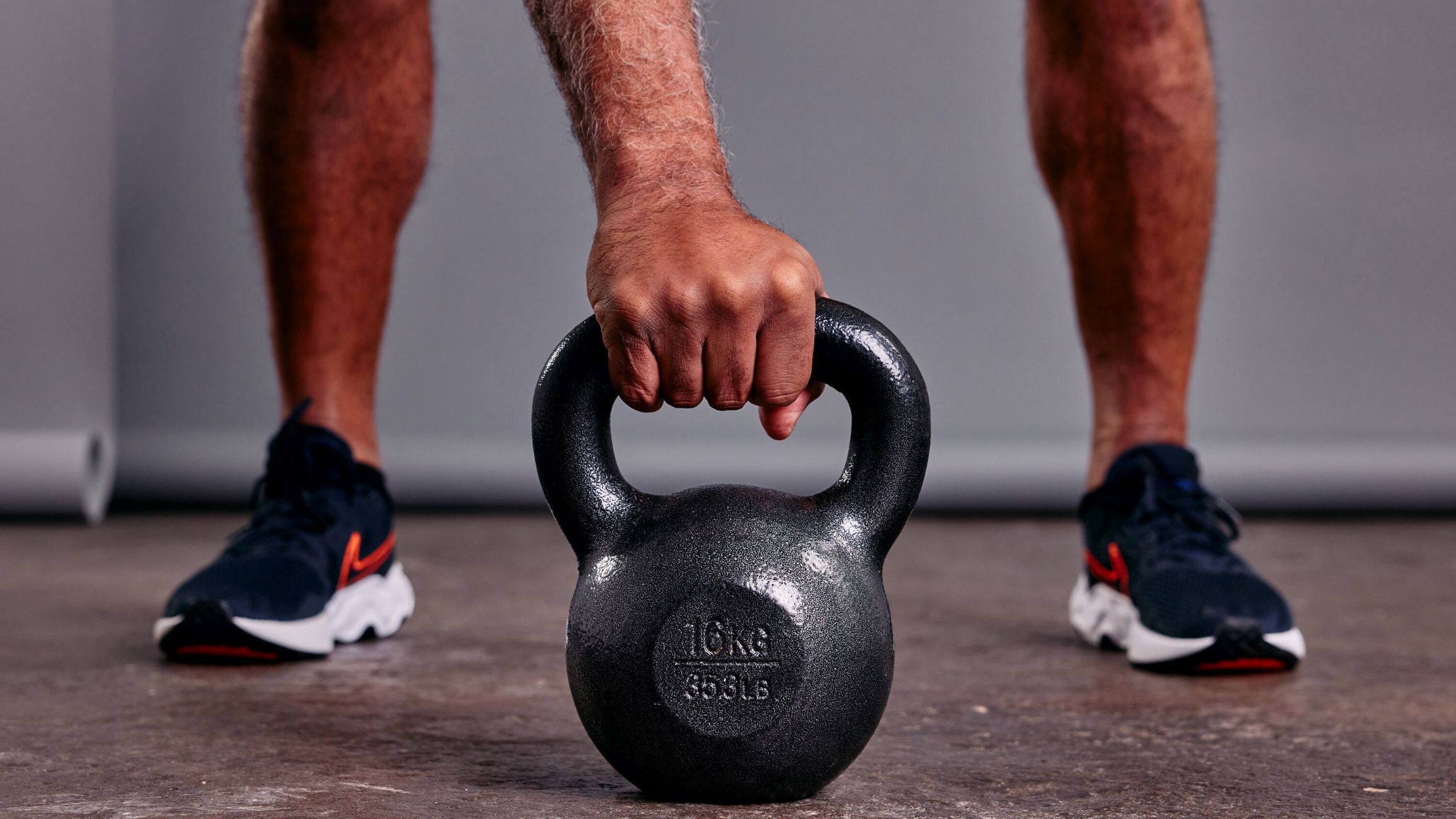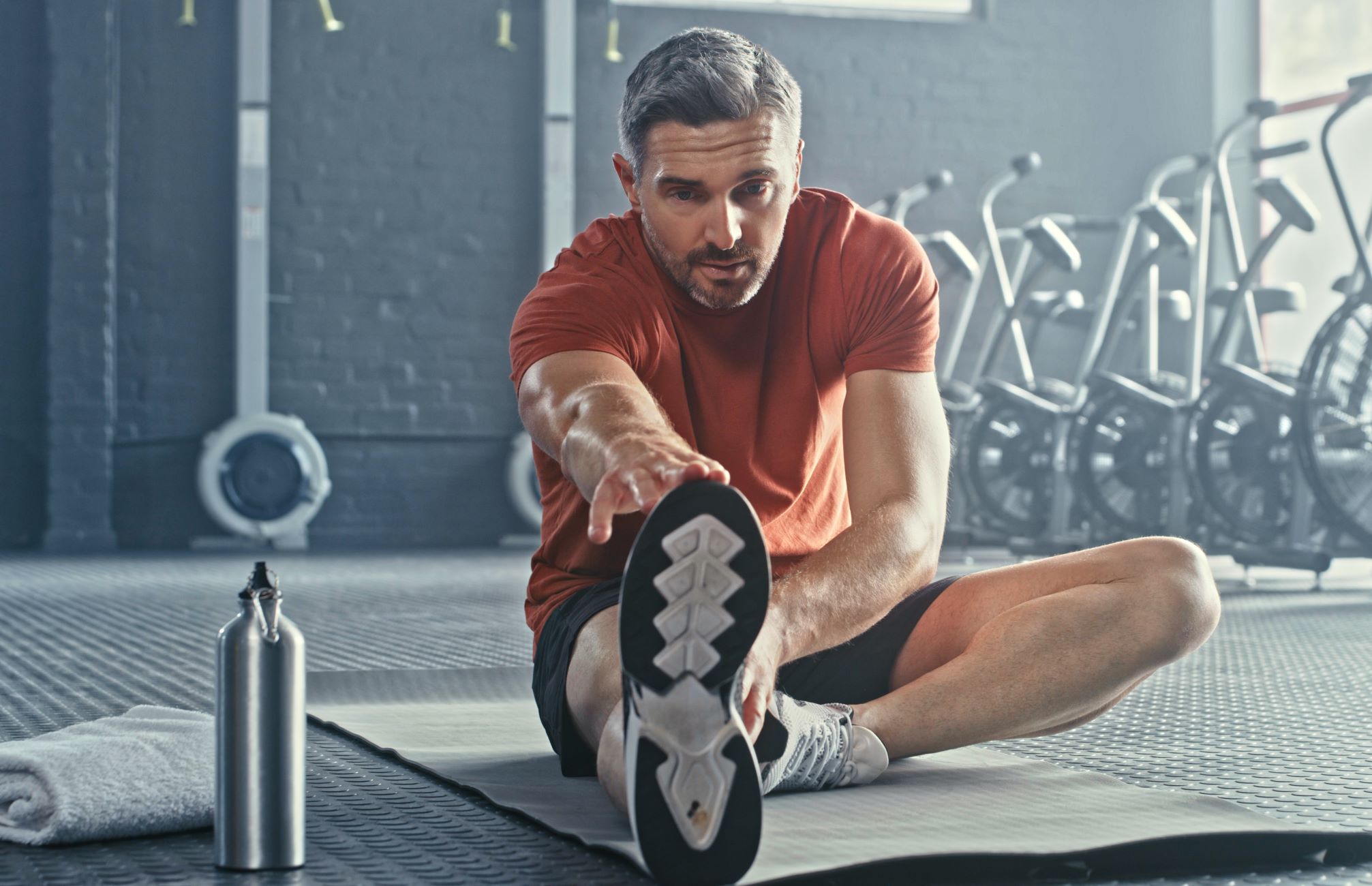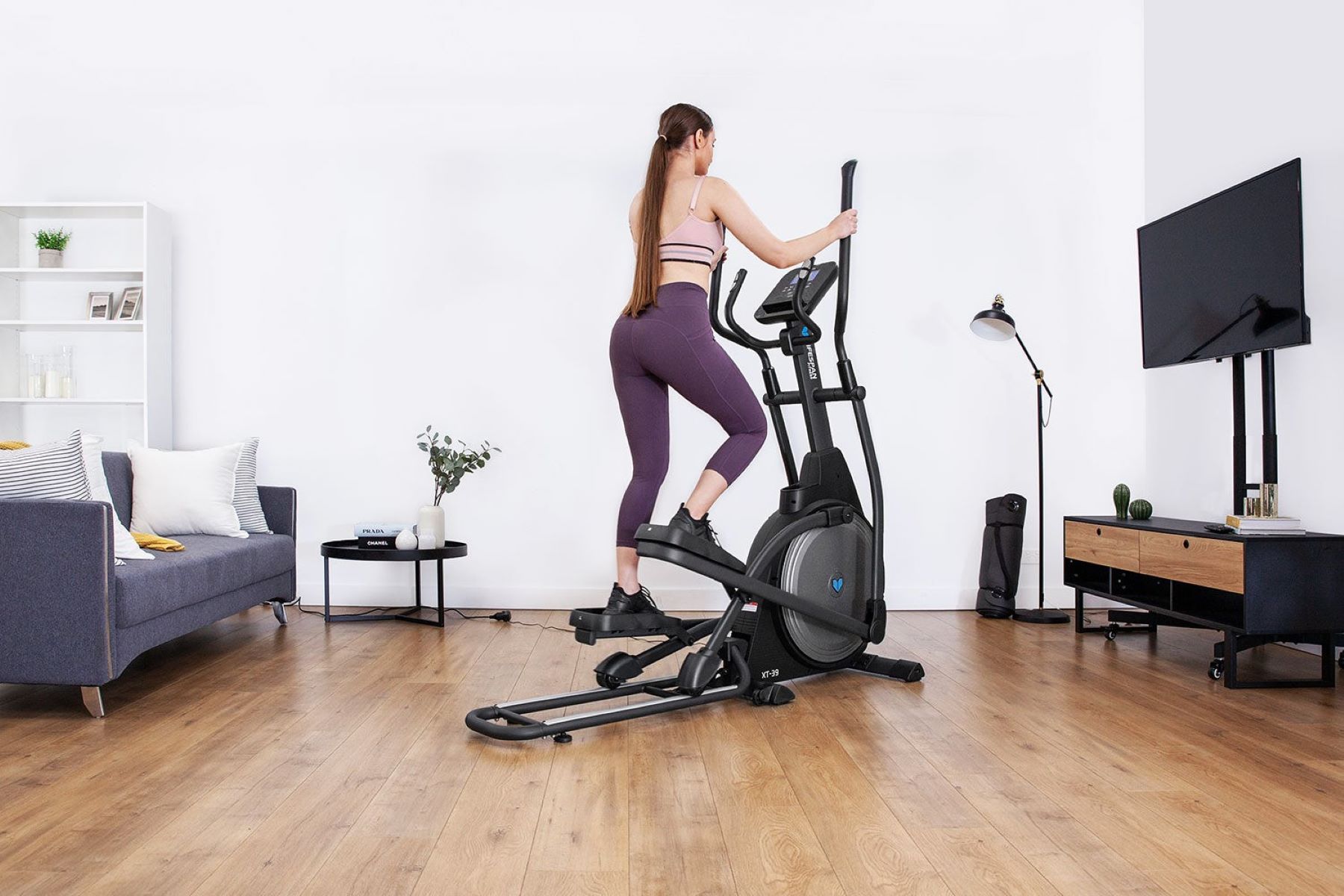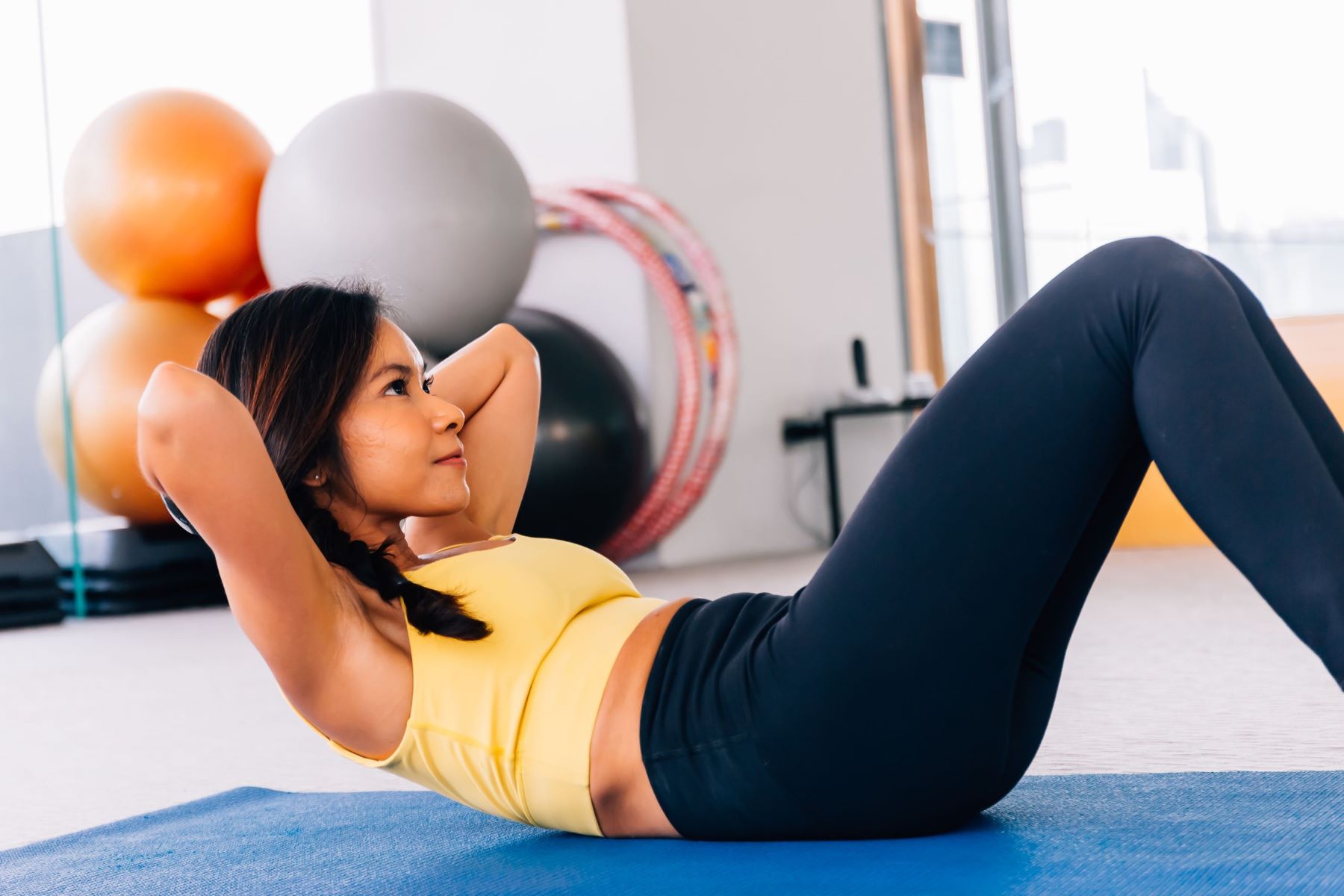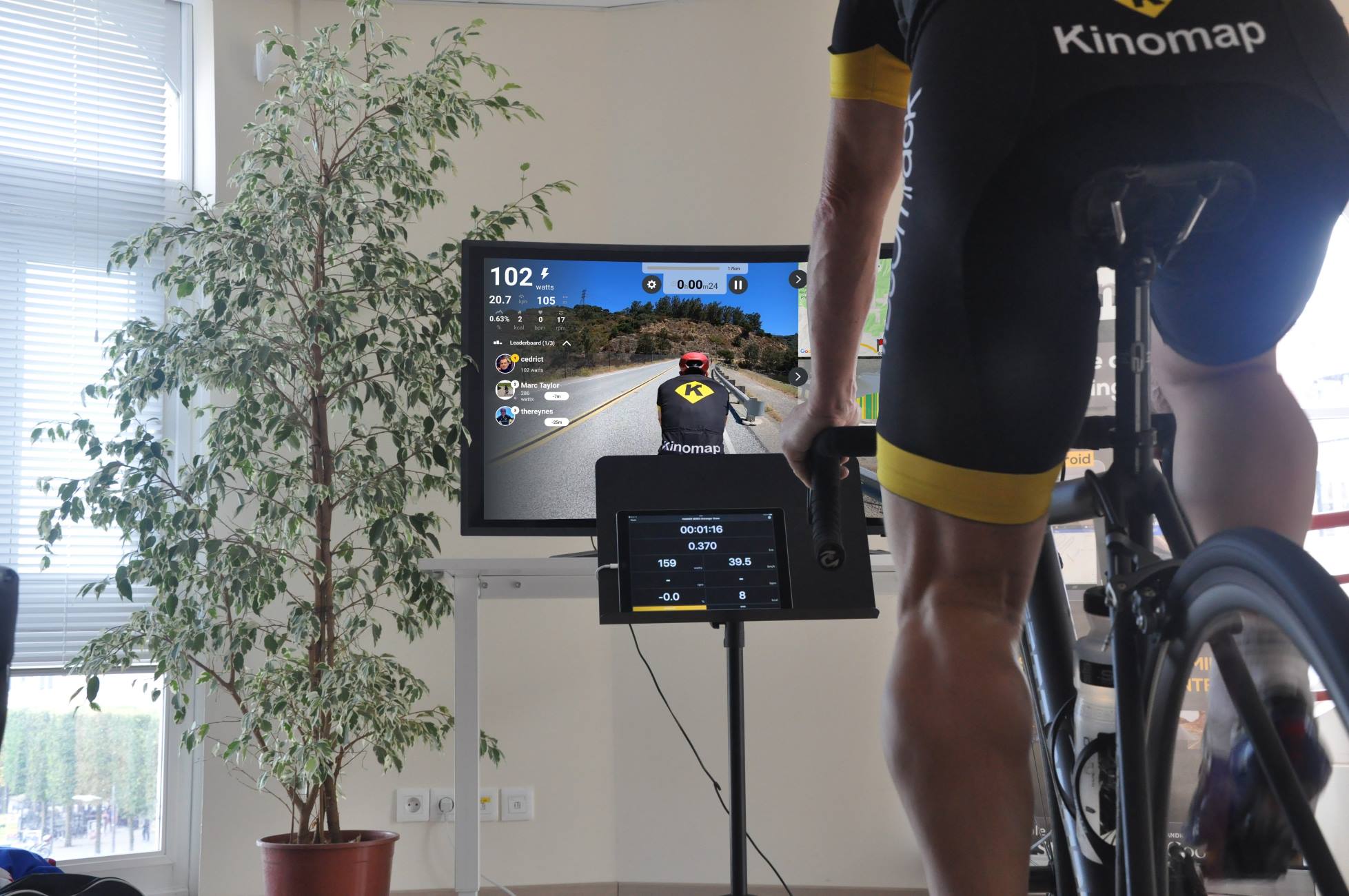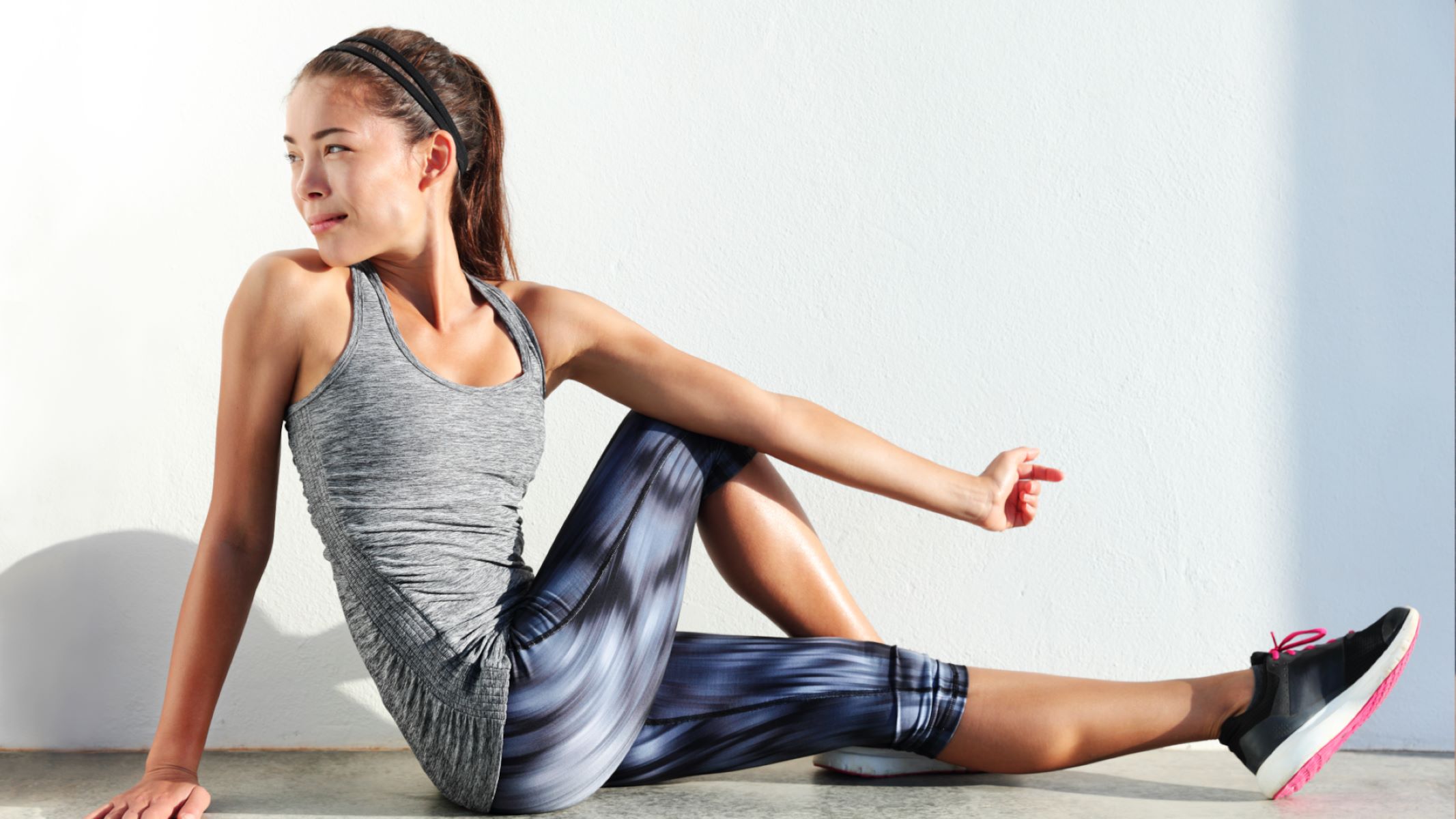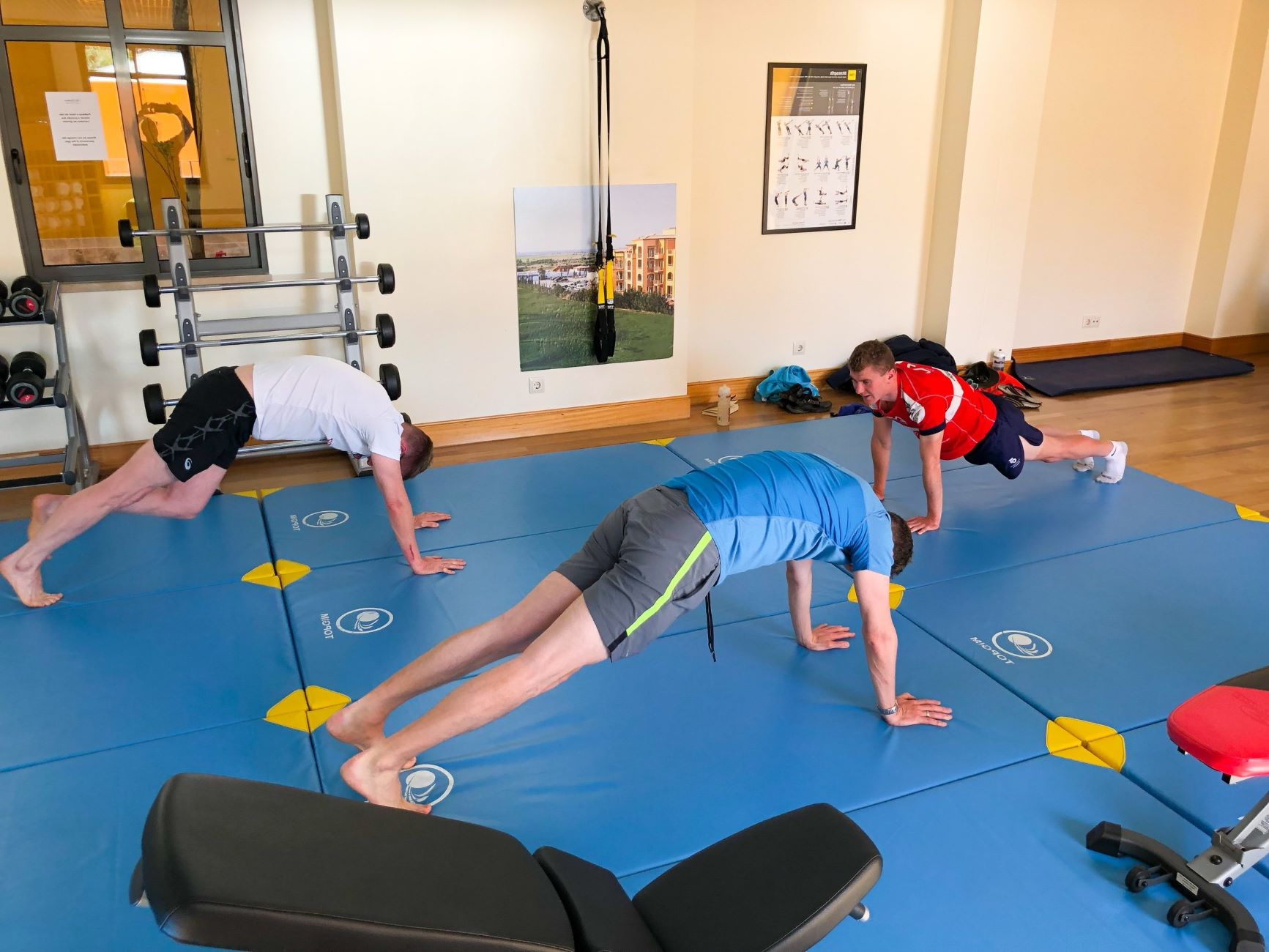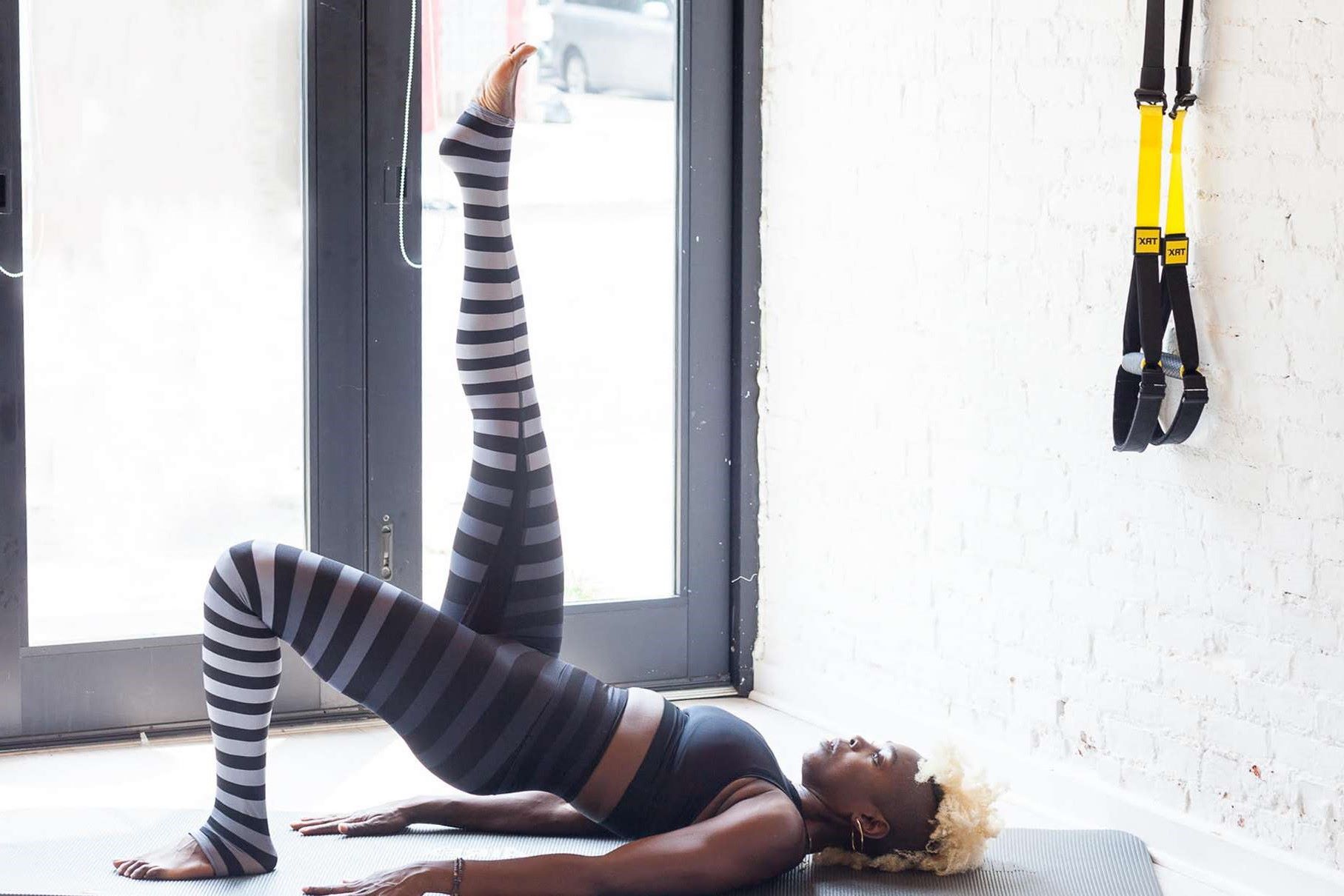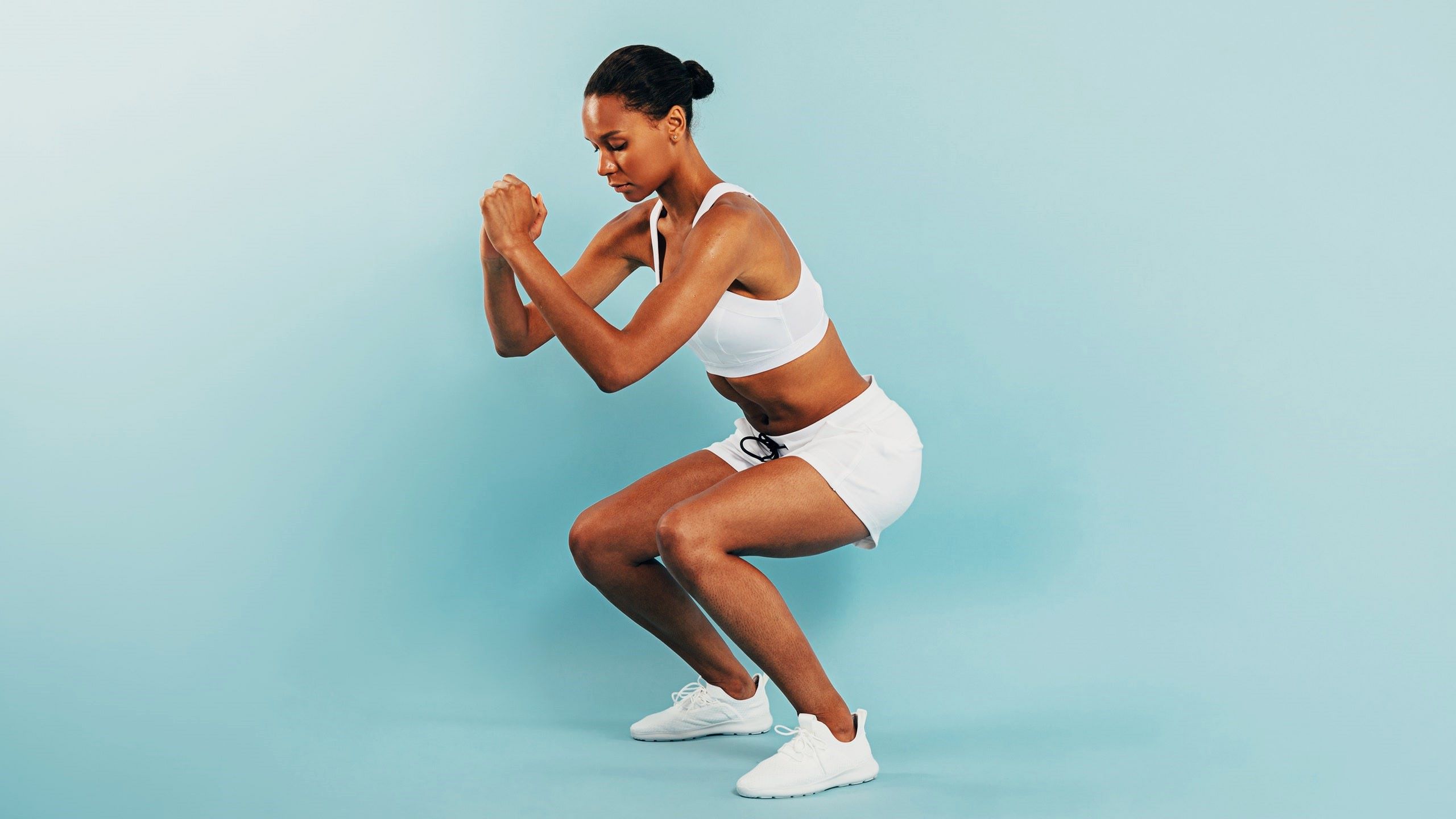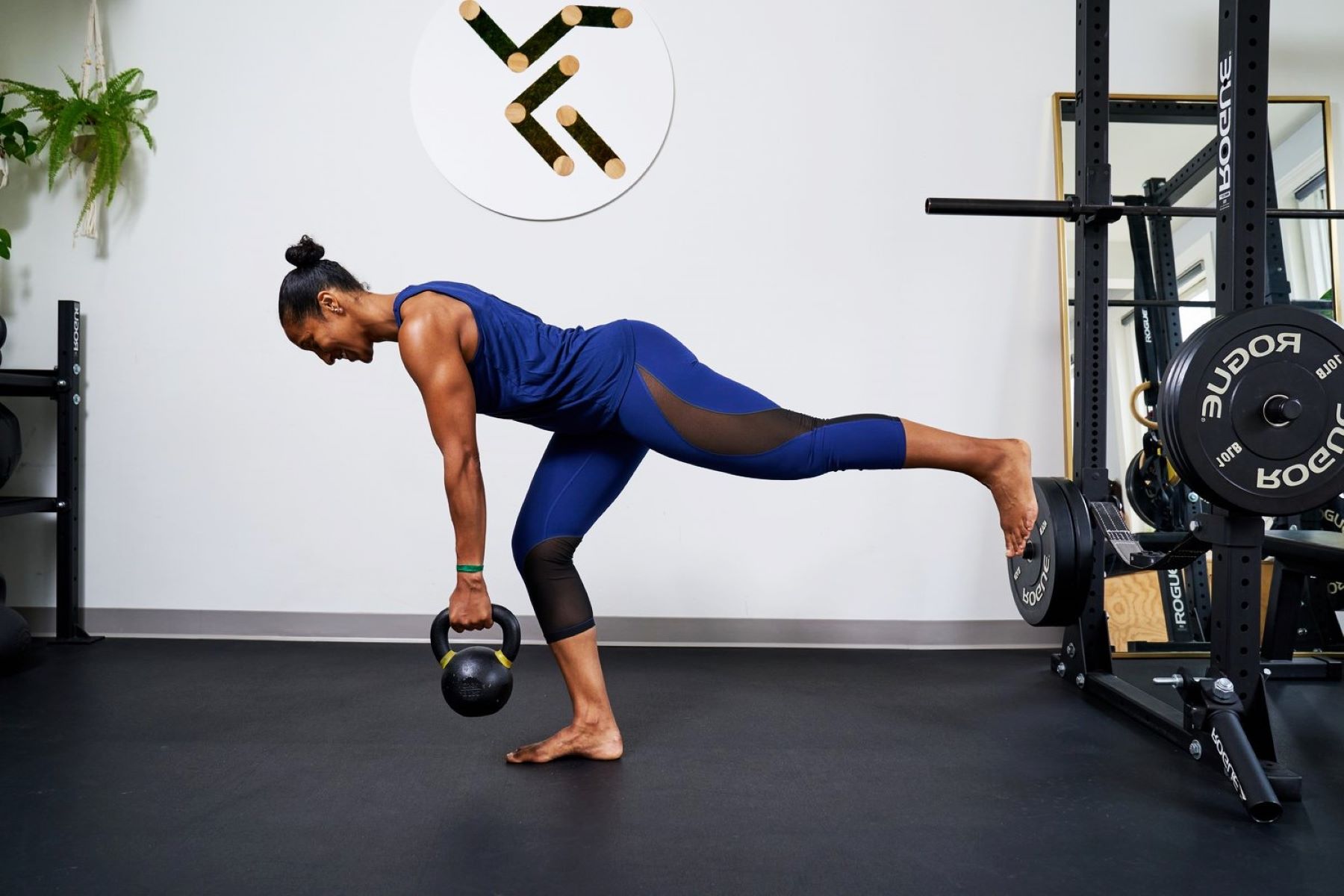Home>Training & Techniques>6 Easy Strength Exercises For Older Runners
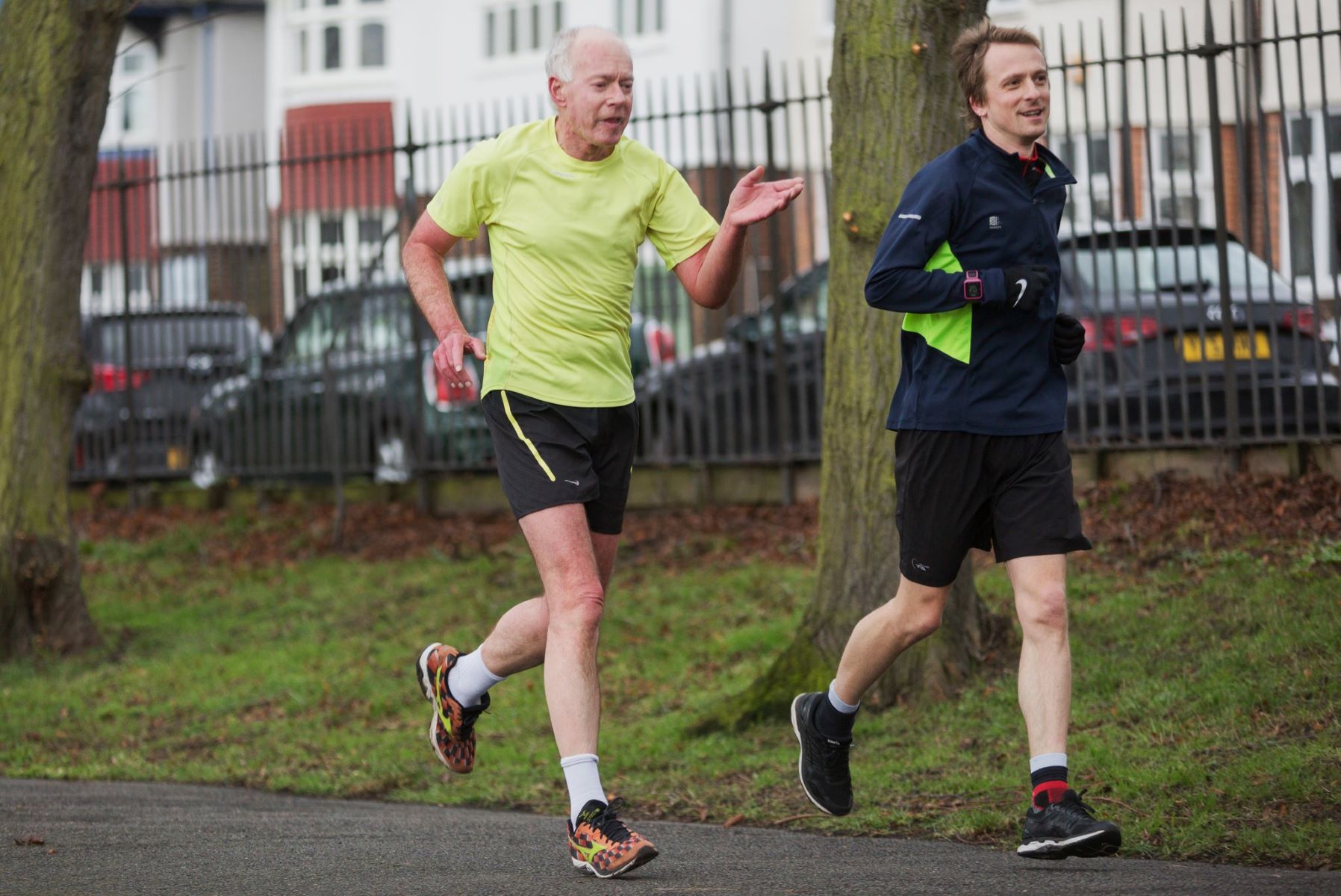

Training & Techniques
6 Easy Strength Exercises For Older Runners
Published: February 29, 2024
Improve your running performance with these 6 easy strength exercises designed for older runners. Discover effective training techniques to stay strong and injury-free.
(Many of the links in this article redirect to a specific reviewed product. Your purchase of these products through affiliate links helps to generate commission for Therunningadvisor.com, at no extra cost. Learn more)
Table of Contents
Introduction
As we age, maintaining an active lifestyle becomes increasingly crucial for our overall health and well-being. For older runners, staying fit and healthy is not just about logging miles on the pavement; it also involves incorporating strength training exercises into their fitness regimen. While running is an excellent cardiovascular workout, it's equally important to focus on building and maintaining muscle strength, especially as we age. In this article, we will explore six easy and effective strength exercises tailored specifically for older runners. These exercises are designed to improve muscle strength, enhance running performance, and reduce the risk of injury.
Strength training plays a pivotal role in the overall fitness of older runners. It helps to counteract the natural loss of muscle mass and bone density that occurs with age, thereby promoting better balance, stability, and coordination. Additionally, incorporating strength exercises into a running routine can help prevent common running-related injuries, such as knee pain, shin splints, and IT band syndrome. By strengthening the muscles that support and stabilize the joints, older runners can enjoy a more sustainable and injury-free running experience.
The six strength exercises outlined in this article are specifically chosen for their simplicity and effectiveness. They can be easily incorporated into a runner's training routine, requiring minimal equipment and time commitment. Whether you're a seasoned marathoner or a casual jogger, these exercises are adaptable to various fitness levels and can be modified to suit individual needs. By integrating these strength exercises into your weekly training schedule, you can enhance your running performance, improve your overall fitness, and enjoy a more resilient and injury-resistant body.
In the following sections, we will delve into each of these six strength exercises, providing detailed instructions on proper form and technique. Whether you're new to strength training or looking to revamp your current routine, these exercises offer a practical and accessible way to elevate your running game and embrace the benefits of a well-rounded fitness regimen. Let's embark on this journey to discover how simple yet powerful strength exercises can make a meaningful difference in the running lives of older athletes.
Read more: 7 Easy Exercises To Strengthen Your Joints
Importance of Strength Training for Older Runners
As we age, the significance of strength training for older runners cannot be overstated. While running is a fantastic way to maintain cardiovascular fitness, the inclusion of strength training is equally vital for overall health and performance. For older runners, engaging in regular strength exercises offers a multitude of benefits that directly contribute to their well-being and running longevity.
One of the primary advantages of strength training for older runners is its ability to counteract the natural decline in muscle mass and bone density that occurs with age. As individuals grow older, they experience a gradual loss of muscle mass, a condition known as sarcopenia. This decline in muscle mass can lead to reduced strength, diminished mobility, and an increased risk of falls and fractures. By incorporating strength exercises into their routine, older runners can effectively combat sarcopenia, preserving muscle mass and promoting functional strength and mobility.
Furthermore, strength training plays a pivotal role in injury prevention and rehabilitation for older runners. Running, a high-impact activity, places significant stress on the joints and muscles. Without adequate strength and stability, older runners are more susceptible to common running-related injuries, such as knee pain, IT band syndrome, and stress fractures. By strengthening the muscles that support and stabilize the joints, older runners can mitigate the risk of these injuries and enhance their overall resilience.
In addition to injury prevention, strength training contributes to improved running performance and efficiency. Stronger muscles and enhanced muscular endurance enable older runners to maintain proper running form and technique, leading to more efficient movement and reduced energy expenditure. This, in turn, can translate to better running times, increased endurance, and a more enjoyable running experience.
Moreover, strength training fosters better balance, coordination, and stability, which are essential for older runners to navigate uneven terrain and maintain agility. As individuals age, maintaining balance and stability becomes increasingly important for fall prevention and overall functional independence. By engaging in targeted strength exercises, older runners can improve their balance and coordination, reducing the risk of falls and enhancing their confidence in their physical abilities.
In essence, the incorporation of strength training into the fitness regimen of older runners is instrumental in promoting overall health, injury prevention, and enhanced running performance. By embracing the benefits of strength exercises, older runners can cultivate a resilient and robust musculoskeletal system, allowing them to continue pursuing their passion for running with confidence and vitality.
Exercise 1: Squats
Squats are a fundamental strength exercise that targets the muscles of the lower body, including the quadriceps, hamstrings, glutes, and calves. For older runners, incorporating squats into their training routine can yield significant benefits, such as improved lower body strength, enhanced running performance, and reduced risk of lower limb injuries.
To perform a basic bodyweight squat, begin by standing with your feet shoulder-width apart, toes slightly turned out. Engage your core muscles and maintain a straight back as you lower your body by bending your knees and hips, as if you are sitting back into an imaginary chair. Aim to lower yourself until your thighs are parallel to the ground, ensuring that your knees do not extend beyond your toes. Keep your chest up and your weight distributed evenly through your feet. Then, push through your heels to return to the starting position, fully extending your hips and knees.
For older runners, bodyweight squats serve as an excellent starting point to build lower body strength and familiarize themselves with proper squatting technique. As they become more proficient, they can gradually progress to incorporating resistance, such as holding dumbbells or using a barbell, to further challenge their muscles and stimulate strength gains.
In addition to targeting the major muscle groups of the lower body, squats also engage the core muscles, promoting better stability and balance. This is particularly beneficial for older runners, as a strong and stable core is essential for maintaining proper running form and reducing the risk of lower back discomfort during running.
Furthermore, squats contribute to improved joint health and mobility, as they require a full range of motion at the hips, knees, and ankles. By performing squats regularly, older runners can enhance their joint flexibility and reduce stiffness, thereby supporting their overall mobility and functional movement.
In summary, squats are a foundational strength exercise that offers a multitude of benefits for older runners. By integrating squats into their training regimen, older runners can strengthen their lower body muscles, improve their running performance, and fortify their musculoskeletal system against the demands of running. With proper form and gradual progression, squats can be a valuable addition to the fitness routine of older runners, empowering them to pursue their passion for running with strength and resilience.
Exercise 2: Lunges
Lunges are a highly effective strength exercise that targets the muscles of the lower body, including the quadriceps, hamstrings, glutes, and calves. For older runners, incorporating lunges into their training routine can yield significant benefits, such as improved lower body strength, enhanced running performance, and reduced risk of lower limb injuries.
To perform a basic bodyweight lunge, start by standing tall with your feet hip-width apart and your hands on your hips. Take a controlled step forward with one leg, lowering your hips until both knees are bent at a 90-degree angle. Ensure that your front knee is directly above your ankle and your back knee is hovering just above the ground. Push through the heel of your front foot to return to the starting position, then repeat the movement with the opposite leg.
Lunges can be modified to suit individual fitness levels and goals. For older runners who are new to lunges, starting with stationary lunges can provide a stable foundation for mastering the movement. As they become more proficient, they can progress to performing walking lunges or incorporating resistance, such as holding dumbbells, to further challenge their muscles and stimulate strength gains.
In addition to targeting the major muscle groups of the lower body, lunges also engage the core muscles, promoting better stability and balance. This is particularly beneficial for older runners, as a strong and stable core is essential for maintaining proper running form and reducing the risk of lower back discomfort during running.
Furthermore, lunges contribute to improved joint health and mobility, as they require a full range of motion at the hips, knees, and ankles. By performing lunges regularly, older runners can enhance their joint flexibility and reduce stiffness, thereby supporting their overall mobility and functional movement.
In summary, lunges are a versatile and impactful strength exercise that offers a multitude of benefits for older runners. By integrating lunges into their training regimen, older runners can strengthen their lower body muscles, improve their running performance, and fortify their musculoskeletal system against the demands of running. With proper form and gradual progression, lunges can be a valuable addition to the fitness routine of older runners, empowering them to pursue their passion for running with strength and resilience.
Exercise 3: Deadlifts
Deadlifts are a foundational strength exercise that targets multiple muscle groups, making them highly beneficial for older runners seeking to enhance their lower body strength, improve running performance, and reduce the risk of injuries. This compound exercise primarily engages the muscles of the posterior chain, including the glutes, hamstrings, and lower back, while also recruiting the core and upper body muscles for stabilization and support.
To perform a conventional deadlift, start by standing with your feet hip-width apart and a barbell placed in front of you. With a shoulder-width grip, hinge at the hips and bend your knees to lower your torso and grasp the barbell. Ensure a neutral spine and engage your core as you lift the barbell by extending your hips and knees, maintaining a straight back throughout the movement. Stand tall with the barbell, then slowly lower it back to the ground with controlled form.
For older runners, deadlifts offer a comprehensive strength-building opportunity, targeting key muscle groups essential for running performance and injury prevention. The engagement of the posterior chain muscles not only enhances lower body strength but also contributes to improved running mechanics and power generation. Strong glutes and hamstrings are crucial for propelling forward motion and maintaining stability during running, making deadlifts a valuable addition to an older runner's training regimen.
Additionally, deadlifts promote better posture and spinal stability, which are essential for older runners to maintain proper alignment and reduce the risk of back discomfort during running. By strengthening the muscles of the lower back and core through deadlifts, older runners can enhance their overall stability and resilience, supporting a more efficient and comfortable running experience.
Furthermore, deadlifts foster improved hip and knee joint strength, promoting better joint stability and mobility. As individuals age, maintaining joint health and mobility becomes increasingly important for sustaining an active lifestyle. By incorporating deadlifts into their training routine, older runners can fortify their lower body joints, reducing the risk of age-related stiffness and enhancing their overall functional movement.
In summary, deadlifts are a highly effective strength exercise for older runners, offering a comprehensive approach to lower body strength, running performance, and injury prevention. By mastering proper deadlift technique and gradually progressing in resistance, older runners can harness the benefits of this compound exercise to support their running endeavors with strength, stability, and resilience.
Exercise 4: Push-ups
Push-ups are a classic bodyweight exercise that holds immense value for older runners aiming to enhance their upper body strength, core stability, and overall muscular endurance. While often associated with military training and fitness regimens, push-ups offer a versatile and accessible means for older runners to fortify their upper body muscles, promote better posture, and reduce the risk of running-related upper body injuries.
To perform a standard push-up, begin in a prone position with your hands placed slightly wider than shoulder-width apart and your toes supporting your lower body. Engage your core muscles and maintain a straight line from your head to your heels as you lower your body by bending your elbows, ensuring that your chest nearly touches the ground. Push through your palms to extend your arms and return to the starting position, all while maintaining proper form and control throughout the movement.
For older runners, push-ups serve as a foundational exercise for developing upper body strength and stability, which are essential for maintaining proper running form and minimizing the risk of shoulder, arm, and chest discomfort during running. By strengthening the muscles of the chest, shoulders, and triceps, push-ups contribute to improved upper body resilience and support, allowing older runners to sustain better posture and arm swing mechanics while running.
Moreover, push-ups engage the core muscles, promoting better stability and balance, which are crucial for older runners to maintain overall body control and coordination during running. A strong and stable core not only aids in injury prevention but also enhances running efficiency by facilitating better transfer of energy between the upper and lower body.
Additionally, push-ups offer a practical means for older runners to enhance their overall muscular endurance, as the exercise requires sustained engagement of multiple muscle groups. Improved muscular endurance in the upper body can translate to better arm swing coordination and reduced fatigue during running, ultimately contributing to a more sustainable and enjoyable running experience.
In essence, push-ups are a valuable strength exercise for older runners, providing a holistic approach to upper body strength, core stability, and muscular endurance. By incorporating push-ups into their training routine and gradually progressing in repetitions and variations, older runners can harness the benefits of this foundational exercise to support their running endeavors with strength, stability, and resilience.
Exercise 5: Planks
Planks are a quintessential core-strengthening exercise that holds immense value for older runners seeking to fortify their midsection, improve overall stability, and reduce the risk of running-related injuries. This static exercise, known for its simplicity yet effectiveness, targets the muscles of the core, including the rectus abdominis, transverse abdominis, obliques, and lower back muscles. By integrating planks into their training routine, older runners can reap a multitude of benefits that directly contribute to their running performance and overall physical resilience.
To perform a standard forearm plank, begin by assuming a prone position on the floor, supporting your body weight on your forearms and toes. Ensure that your elbows are directly beneath your shoulders and your body forms a straight line from your head to your heels. Engage your core muscles and hold this position, focusing on maintaining proper alignment and breathing rhythm. Aim to sustain the plank for a duration that challenges your muscular endurance, gradually increasing the duration as your strength improves.
For older runners, planks serve as a foundational exercise for developing core strength and stability, which are essential for maintaining proper running form and minimizing the risk of lower back discomfort during running. By strengthening the muscles of the core and lower back, planks contribute to improved spinal alignment and support, allowing older runners to sustain better posture and reduce the impact of repetitive motion on the spine during running.
Moreover, planks promote better overall body stability and balance, which are crucial for older runners to navigate uneven terrain and maintain coordination during running. A strong and stable core not only aids in injury prevention but also enhances running efficiency by facilitating better transfer of energy between the upper and lower body.
Additionally, planks offer a practical means for older runners to enhance their overall muscular endurance, as the exercise requires sustained engagement of the core and stabilizing muscles. Improved muscular endurance in the core can translate to better running posture and reduced fatigue during running, ultimately contributing to a more sustainable and enjoyable running experience.
In essence, planks are a valuable strength exercise for older runners, providing a holistic approach to core strength, stability, and muscular endurance. By incorporating planks into their training routine and gradually progressing in duration and variations, older runners can harness the benefits of this foundational exercise to support their running endeavors with strength, stability, and resilience.
Exercise 6: Step-ups
Step-ups are a highly effective and functional strength exercise that specifically targets the muscles of the lower body, making them an invaluable addition to the training regimen of older runners. This dynamic exercise not only enhances lower body strength but also promotes improved balance, stability, and joint mobility, all of which are essential for sustaining a resilient and injury-resistant body during running.
To perform a basic step-up, start by standing in front of a sturdy platform or bench. Place one foot onto the platform, ensuring that your entire foot is in contact with the surface. Engage your core muscles and press through the heel of the elevated foot to lift your body onto the platform, fully extending your hip and knee. Maintain control as you lower yourself back to the starting position, then repeat the movement with the opposite leg. For older runners, step-ups offer a practical and adaptable exercise that can be tailored to individual fitness levels and goals. Beginners can commence with a lower platform height and gradually progress to higher elevations as their strength and confidence increase.
Step-ups effectively target the major muscle groups of the lower body, including the quadriceps, hamstrings, glutes, and calves, contributing to improved lower limb strength and power generation. Stronger lower body muscles are instrumental for propelling forward motion and maintaining stability during running, making step-ups a valuable exercise for older runners aiming to enhance their running performance and overall muscular resilience.
Moreover, step-ups promote better joint health and mobility, as they require a full range of motion at the hips, knees, and ankles. By performing step-ups regularly, older runners can enhance their joint flexibility and reduce the risk of stiffness, thereby supporting their overall mobility and functional movement. Additionally, the engagement of stabilizing muscles during step-ups fosters improved balance and coordination, which are essential for older runners to navigate uneven terrain and maintain agility during running.
In essence, step-ups offer a comprehensive approach to lower body strength, joint mobility, and balance, making them a valuable exercise for older runners seeking to fortify their musculoskeletal system and elevate their running performance. By incorporating step-ups into their training routine and gradually progressing in intensity and variations, older runners can harness the benefits of this functional exercise to support their running endeavors with strength, stability, and resilience.

